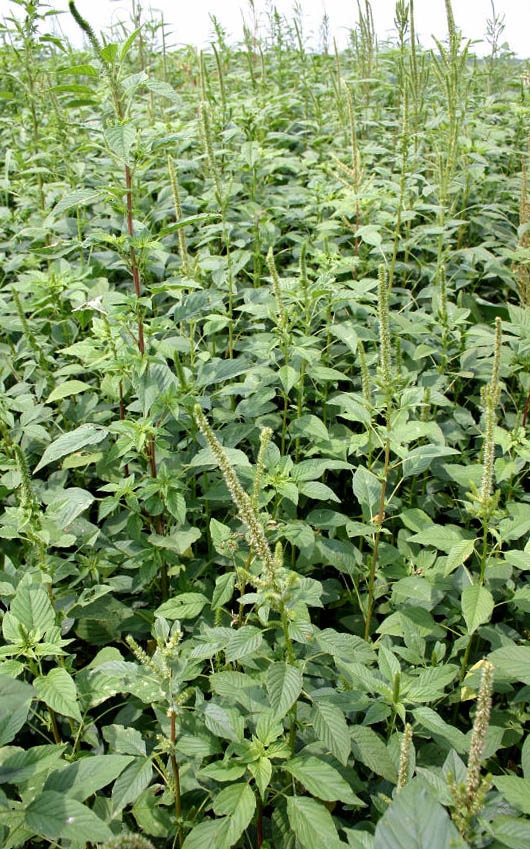
Resistant weed management gets a boost from the Natural Resources Conservation Service: technical and financial assistance to help fight resistant weeds while maintaining conservation stewardship.The last farm bill authorized funds are available through conservation activity plans under Environmental Quality Incentives Program.Financial assistance is also available which can help producers offset some of the added costs and or reduced returns associated with managing weed resistance.

The Natural Resources Conservation Service is offering farmers a way to receive immediate technical and financial assistance to help fight resistant weeds while maintaining conservation stewardship, according to a USDA-NRCS official.
Norman Widman, national agronomist, USDA-NRCS, Washington, D.C., speaking before cotton producers at the 2011 Beltwide Cotton Conference in Atlanta, Ga., said funds are available through conservation activity plans, or CAPs, authorized in the last farm bill under EQIP (Environmental Quality Incentives Program).
Under the program, NRCS will pay for at least 75 percent of the cost of hiring a technical service provider to develop a CAP. Financial assistance is also available which can help producers offset some of the added costs and/or reduced returns associated with managing weed resistance.
Widman said a technical service provider under CAP funding could be the producer’s crop consultant, if qualified. “He must register on the NRCS-TSP registry. There is a list of qualifications they need to have and in some cases, they need to take an online course.”
Producers interested in financial assistance for a technical service provider should contact their local NRCS offices and fill out an application. They will also need to fill out an application for financial assistance to offset some of the costs of cultural practices needed to manage resistance. Those practices may include implementing a new rotation, planting a cover crop, or irrigation. Cost share could range from 50 percent to 75 percent of the cost.
For a document on the program, see Integrated Pest Management-Herbicide Resistance Weed Plan.
CAPs will be heavy on integrated pest management, Widman said. “It’s really the key to putting a detailed plan together. It demonstrates how you can prevent resistant weeds if you don’t have them and if you do have them, how to monitor them and develop site specific treatments.”
Widman said NRCS started receiving calls about weed resistance three years ago. “The immediate concern at that point in time was that farmers may be compelled to abandon their conservation tillage programs and return to intensive tillage programs to combat it.”
A year ago, NRCS formed a partnership with the National Association of Conservation Districts to determine what incentives were needed to keep conservation plans intact.
“We brought in other stakeholders — land grant universities, the Weed Science Society of America — to help put together information systems to help determine the type of technical assistance we need to get out there.”
“Conservation tillage is the cornerstone of a producer’s conservation program,” Widman said. “Conservation tillage impacts erosion rates, quality of soil, water quality and the quantity of water you use, which affects energy conservation. And the judicious use of herbicides is critical to conservation tillage. We certainly want to work with producers and industry to make this system work.”
Widman added that tillage could be an option within a CAP under certain circumstances, “but if we do have to do some tillage, we’ll figure out how to mitigate that. We have a lot of technology available to us to help us overcome the weed resistance problem without converting to tillage.”
Widman says the No. 1 goal of technical assistance “is to make sure that we keep you in compliance with any conservation program or if you have highly erodible land.
“We’re not regulators, but facilitators to help you meet those requirements. We want to help you develop a proper combination of practices that address your unique situation. A lot of producers may have the same practices, but how those practices are applied on a certain piece of land is what really needs to be worked out. It’s not the same from field to field.”
Widman added that NRCS “will work at state and local levels, as well as with commodity groups, ag consultants, universities and Extension to develop systems to address both herbicide resistance and conservation needs. We want to get everybody on the same page with a consistent message to you the farmer.”
Farmers still have the option to receive free NRCS technical assistance for managing both conservation and weed resistance. But Widman said the agency is swamped with requests, and the wait could be a year or more.
About the Author(s)
You May Also Like





